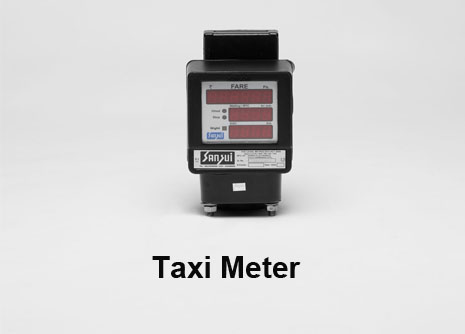How taximeters work?
Taximeters are fit onto vehicles of public transport to calculate the distance traveled and the charges to be paid accordingly. Knowing how a taximeter works can give you a happy, comfortable and assured travel-experience even in places where you are new.
Basically, taximeters measure distance and time. Then they convert these measurements into the fare. Taxi fares are set according to the tariff prevalent in the area where the cab operates. So, the same distance may be charged differently in different areas. Fares may also change based on how many people are there in the cab. If the driver has to help you with your luggage or if the vehicle has to cross state or municipal lines, the fare is different. Wherever they operate, all taxi meters measure the distance that the vehicle covers plus any time spent waiting. That way, the driver gets compensated for time and he doesn’t lose out on money just because of being stuck in traffic.
A taximeter uses electric pulses to measure both distance and time. To get the distance traveled, the meter relies on sensors attached to the cab’s transmission. The sensor sends the electric pulse to the meter every time the vehicle travels a particular distance. Inside the meter is a timer that sends out a pulse when a set amount of time passes. Pulses come from either sensor at intervals that are smaller than the fare interval. When the meters get 100 pulses, it adds to the amount of fare.
Depending on the traffic situation, meters accommodate stop and go situations counting whichever pulse arrives first, time or distance. The minimum fare is also fixed for whatever distance you travel. If distance increases, the meter starts calculating further fare.
The new age taximeters designed with Japanese technology have overcome most of the problems caused by rough terrain, meter changing fare due to bumps and also the possibility of the driver taking the longer route because modern-day meters have a GPS fit into it that suggests the shortest route based on traffic conditions Meters today have three clear separate windows displaying fare, waiting time and distance traveled. Also, a real-time clock is in-built in the meter. These meters have sturdy make-up and so external disturbances such as vibrations due to bad roads, potholes, electrical disturbances, and high-tension tower disturbances and so on, do not affect the computational capacity. These can be calibrated specifically and so fare calculation is accurate and immediate. These meters have both button-type and flag-type configuration.

